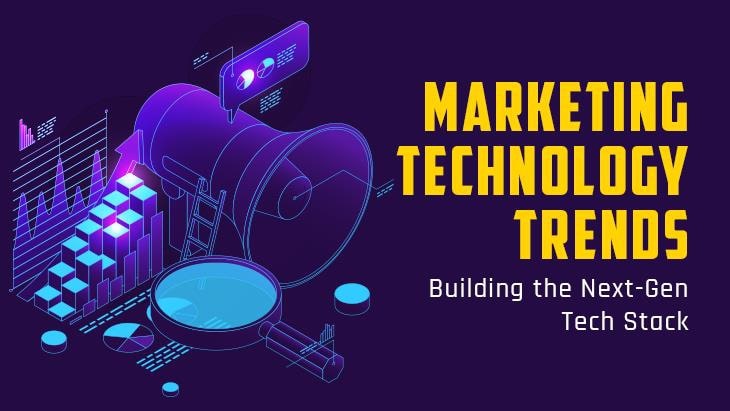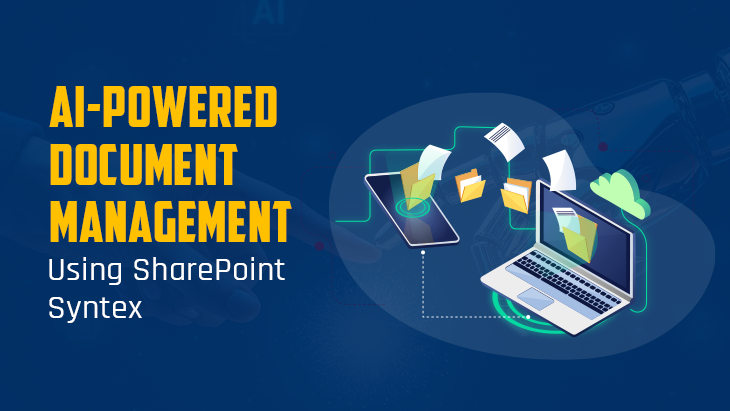Perfect software development teams don’t fall from trees.
In reality, developing a successful development team is complex. What differentiates a good software developer from a best one is when team members have confidence in reaching common goals.
In general, project teams are made up of a mess of goals, mixed emotions, and deadlines. But only having a structured team can turn this into a strong force that drives your software product stronger. Several factors influence the result of a software development project like budget, deadlines, quality of gathered requirements, the complexity of the project, etc.
To make the process clear for every member in the team, eliminate blind spots and unwanted time-wasting in the middle of the project, we recommend clarifying workflow, filling the communication gap, and maintaining the boundaries of responsibilities from the project beginning date. Typical responsibilities understanding roles and responsibilities within the team helps the project to move forward and multiply chances of success.
Most development projects probably fail due to a lack of individual and collective confidence in the project’s success. If you are a non-technical product owner kick-starting your first IT project, there is a chance that you get lost amid project team roles and responsibilities in project development. In this article, you will find descriptions of the most common project software developer team roles that will define your software product success.
The Main Project Members And Their Responsibilities
Product Owner
The Product Owner is the heart of the project team. They are the person who has a vision of the final product and can convey clearly to the project team.
Most of the time, PO is introduced by C-level executives who are more passionate about the end goal and know why the product should exist.
The PO role acts as a bridge between the project team and stakeholders.
The main role’s responsibilities of the Product owner are:
* Forming a list of all the required functionality
* Prioritizing the required features in line with the business strategy and objectives
* The lack of the PO may result in missed deadlines, team frustration, workflow issues, and unclear requirements.
Project Sponsor
The project sponsor is responsible for providing resources like budget and financial support.
Typically, the project sponsor is a member of the senior management who can take on financial decisions. He has the power to approve all the extra expenses that arise during project development. The project sponsor should be aware of the emerging issues and should have enough experience to handle financial obstacles. In case the sponsor cannot act independently or with limited authority to approve expenses, it will be tough for a project team to run the project efficiently.
Stakeholders
Stakeholders responsibilities include a broad scope of people, both internal and external to the project, project goals, impact, and results.
On the whole, a stakeholder is a person who takes part in a project or is influenced by its results.
To know better, let's split them into three main groups:
Primary stakeholders: top managers, team members, strategic clients or partners, and shareholders.
Secondary stakeholders: vendors, clients, competitors, government, creditors etc.
Key stakeholders: They belong to both primary and secondary stakeholders. They possess the authority to dictate whether a project is a success or not.
Project Manager
The project manager is the person from senior management who is responsible for planning, organizing, and managing budget, scope, schedule development, risk, and quality on all phases of a project.
To be short, he is the person with an answer to the questions ‘who’, ‘what’, ‘where’, ‘when’, and ‘why’ on the project. PMs remove the obstacles that arise during the project development and manage all the important meetings and external communication.
This role primarily involves managing project risks, ensuring the proper resources, financial performance, and motivating team members to remain focused on reaching the project end goal.
PMs, ensure that the project is on track which is a tough nut to crack when it comes to IT software development.
Business Analyst
Business Analysis is a translator of business opportunities into project requirements.
The primary duties of business analysts involve:
* Assist in defining the project
* Transforming business needs into technical requirements
* Extracting and anticipating the requirements of the business, as improper requirements may do a bad turn to the project
* Test solutions to validate objectives
* Gather requirements starting behavior from business units
Most of the products fail, not because they were built poorly but because they didn’t fit with the market they were expected to. A Business analyst helps you to avoid such a difficult situation-they ensure you are building the right product at the right time to solve the right problem.
UI/UX Designer
The UX and UI designers will be involved from starting to finishing up the project. User experience (UX) designers work on the behavior of a software product, on the other hand, User Interface (UI) designers work on the layout or graphic design of the product.
Their roles and responsibility includes
Cooperating with the product manager to drive a great user experience
Supporting the development team throughout the build process
The back-end and front-end developers
Developers are responsible for transforming the ideas and requirements into a final product. As developers are responsible for developing product features, they are the ones who affect the performance of the whole team most.
Quality Assurance (QA) Engineers
Quality Assurance engineers make sure that the application meets the business requirements. They check that your application is free from bugs, defects, or errors. In case the testing is not done properly, the whole experience of discovering the product by real users may fail.
EndNote
Ready to build a dream software developer team for your Next Project?
Each team needs some certain time to mature before delivering the best results. But as soon as the whole team understands their roles and each other’s strengths, everything will fall under perfect place. If you are looking for ways to set up your development team, you can contact a software development company. Build an efficient team to work seamlessly.
















Post Comments